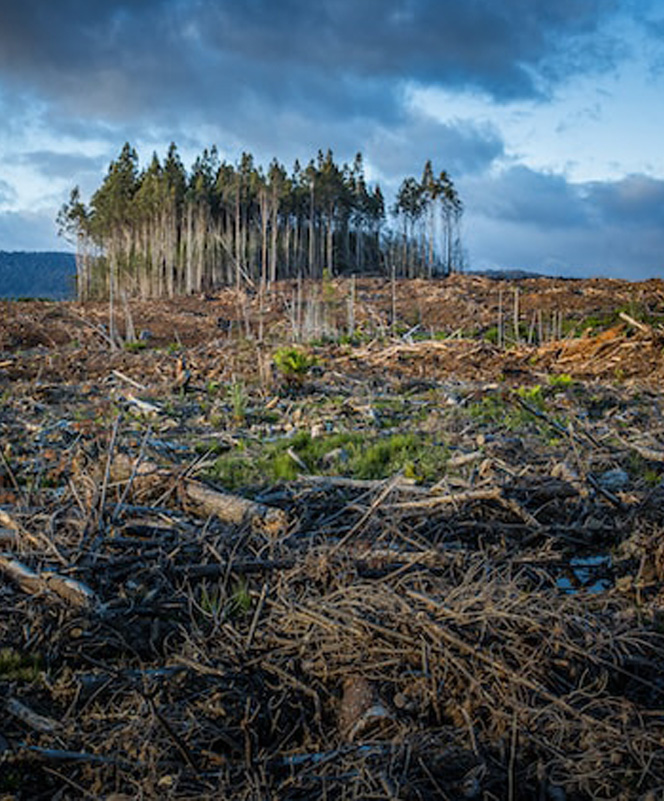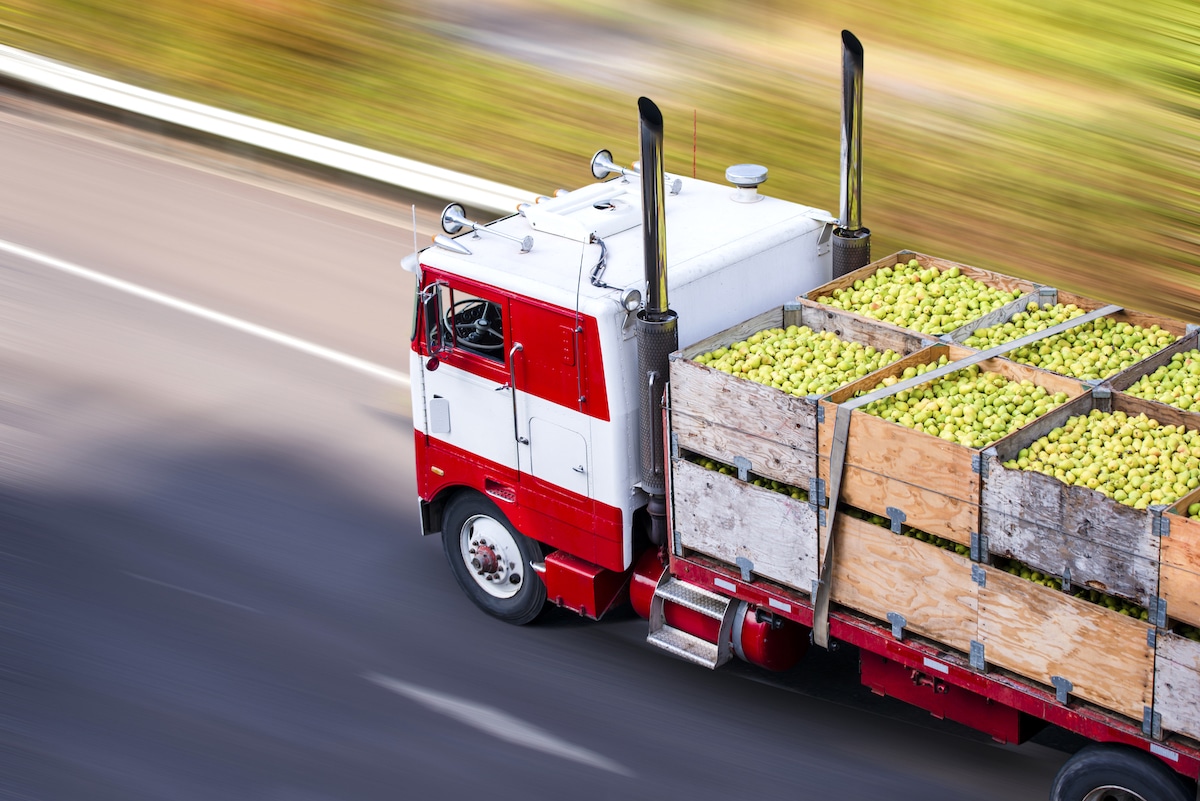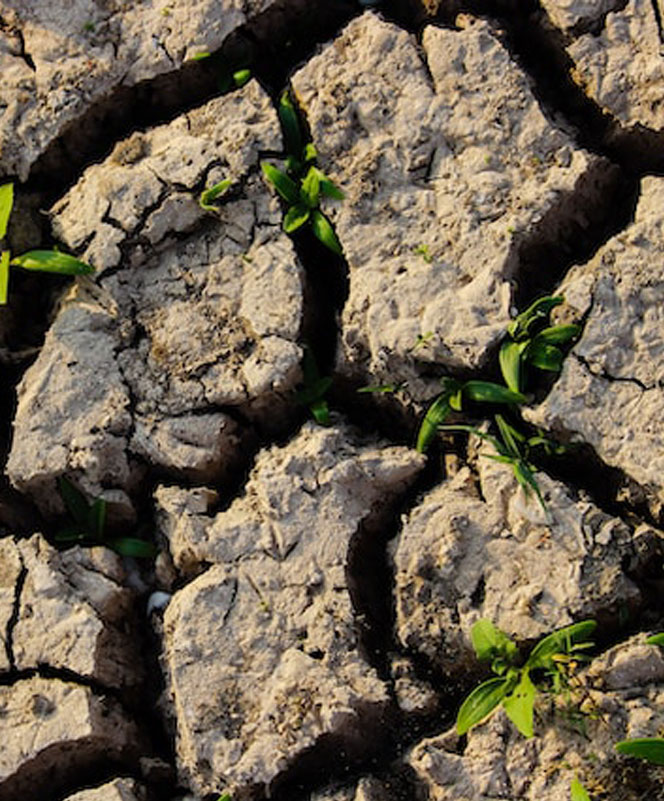CLIMATE CHANGE

How does climate change affect food quality?
Nutrient Content
Rising carbon dioxide levels can decrease the nutrient content in crops, such as essential minerals and vitamins, thereby impacting the nutritional value of our food.
Water and temperature changes
Climate changes, extreme weather events, and water stress can significantly impact crop growth, yields, quality, taste, texture, and nutritional value.
Pests and diseases
Warmer temperatures increase pest and disease range in crops, increasing pesticide use, and impacting environment and food quality.
Food Safety
Climate change can also impact food safety. Higher temperatures can lead to increased bacterial contamination and the spread of foodborne illnesses.
The US food transportation system, often involving water transport, faces significant disruptions due to extreme weather events like the 2012 drought and 2013 flooding, impacting Midwestern agriculture and global food prices.

Overall, Climate change poses significant challenges to food production systems, necessitating adaptation strategies and changes in agriculture to ensure food security and mitigate its impacts.
How does it impact Soil and Water Resources?
Climate change could impact global water absorption, impacting groundwater supplies, food production, stormwater runoff, biodiversity, and ecosystems due to reduced soil ability.
Soil Quality
Climate change poses significant challenges to food production systems, necessitating adaptation strategies and changes in agriculture to ensure food security and mitigate its impacts.
Erosion
Extreme weather events like storms and floods increase frequency and intensity, leading to soil erosion and loss of fertile topsoil, affecting agricultural productivity.


Impact on Water Resources
Changes in Precipitation
Climate change alters rainfall patterns, causing shifts in the timing, intensity, and distribution of precipitation. This can lead to droughts in some regions, increased rainfall, and flooding in others.
Water Quality
Rising temperatures can affect water quality by promoting the growth of harmful algae in freshwater bodies. Changes in precipitation can also lead to increased runoff of pollutants into water sources.
Sea Level Rise
Climate change causes the melting of glaciers and ice caps, leading to rising sea levels. This can result in saltwater intrusion into freshwater sources, contaminating them and rendering them unusable for agriculture or drinking.
Ecosystem Impact
Changes in water availability affect aquatic ecosystems, impacting fish populations, wetlands, and biodiversity.
Addressing climate change requires holistic approaches to conserve and manage soil and water resources effectively. Strategies such as sustainable land management, water conservation, reforestation, and the development of climate-resilient agricultural practices are essential to mitigate these impacts and ensure the sustainability of soil and water resources.
